Reading comprehension Normal Letter Recognition Worksheets for Ages 4-7
9 filtered results
-
From - To
Enhance your child's reading skills with our "Reading Comprehension Normal Letter Recognition Worksheets," designed specifically for ages 4-7. These engaging worksheets foster essential letter recognition and comprehension skills through fun activities, helping young learners identify letters and understand their sounds in context. Each worksheet incorporates colorful illustrations and interactive exercises that keep kids motivated, making learning enjoyable. Perfect for home or classroom use, our resources are tailored to support the developmental needs of early readers. Explore our collection today and provide your child with a strong foundation in literacy skills that will benefit them throughout their education!
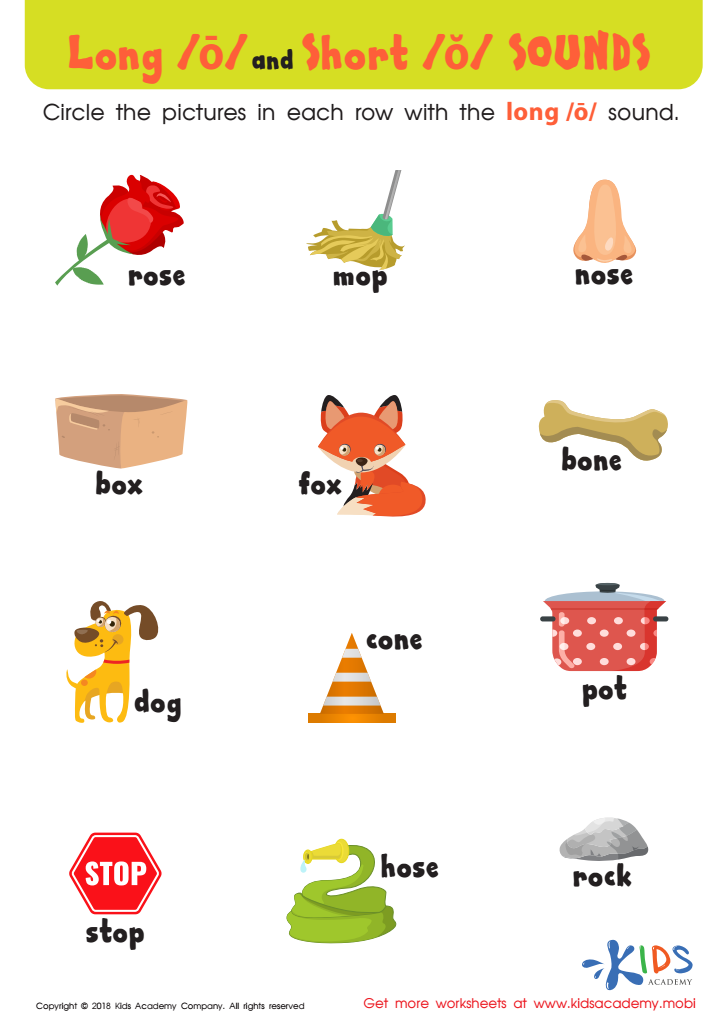

Reading: Long O and Short O Sounds Worksheet


Short Vowels /e/, /i/, and /u/ Worksheet
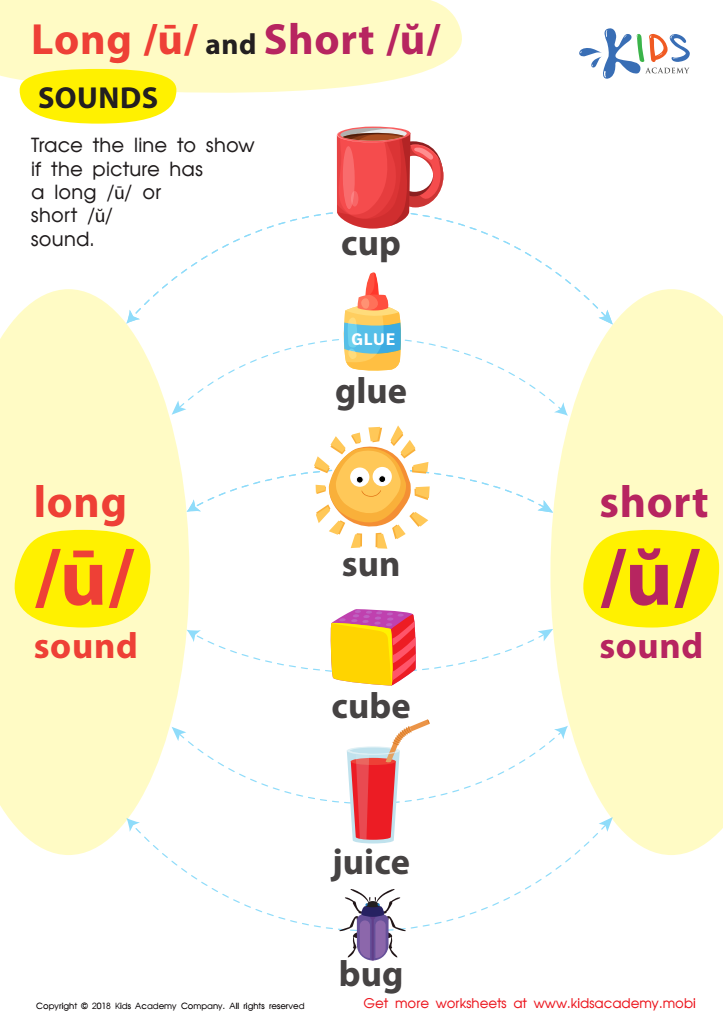

Reading: Long U and Short U Sounds Worksheet
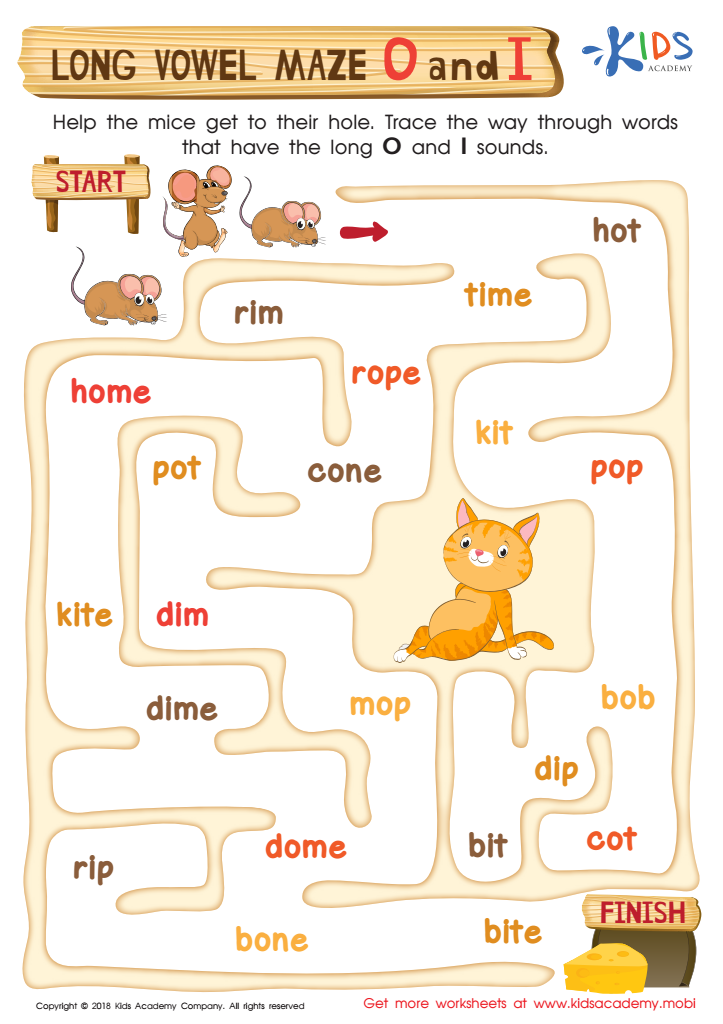

Long Vowel Maze /o/ and /i/ Worksheet
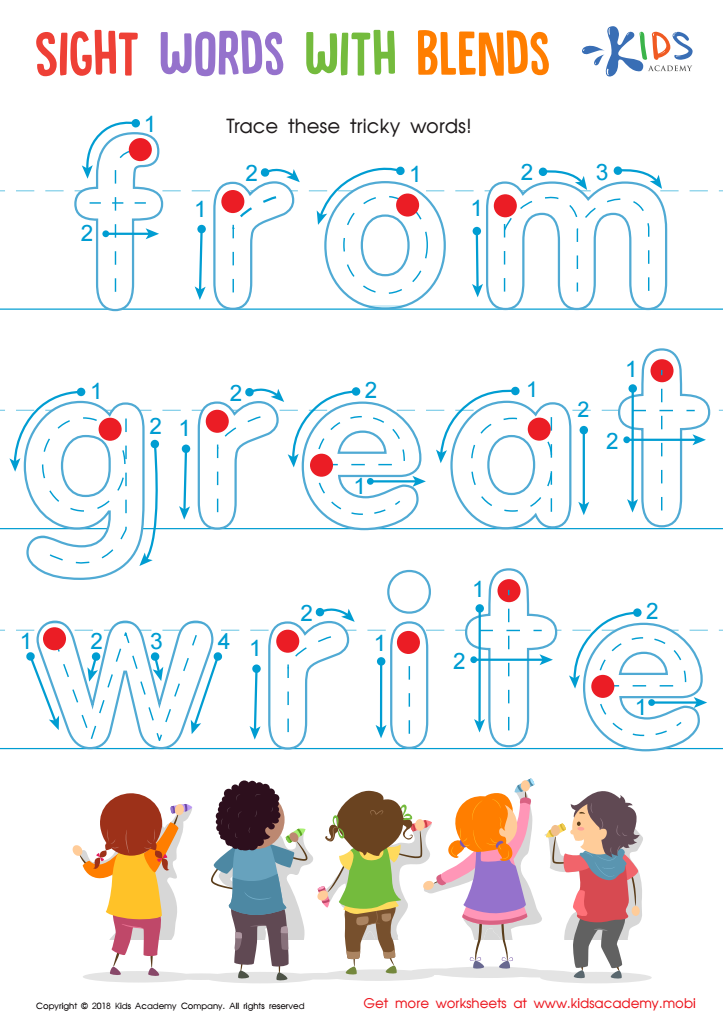

Sight Words with Blends Worksheet
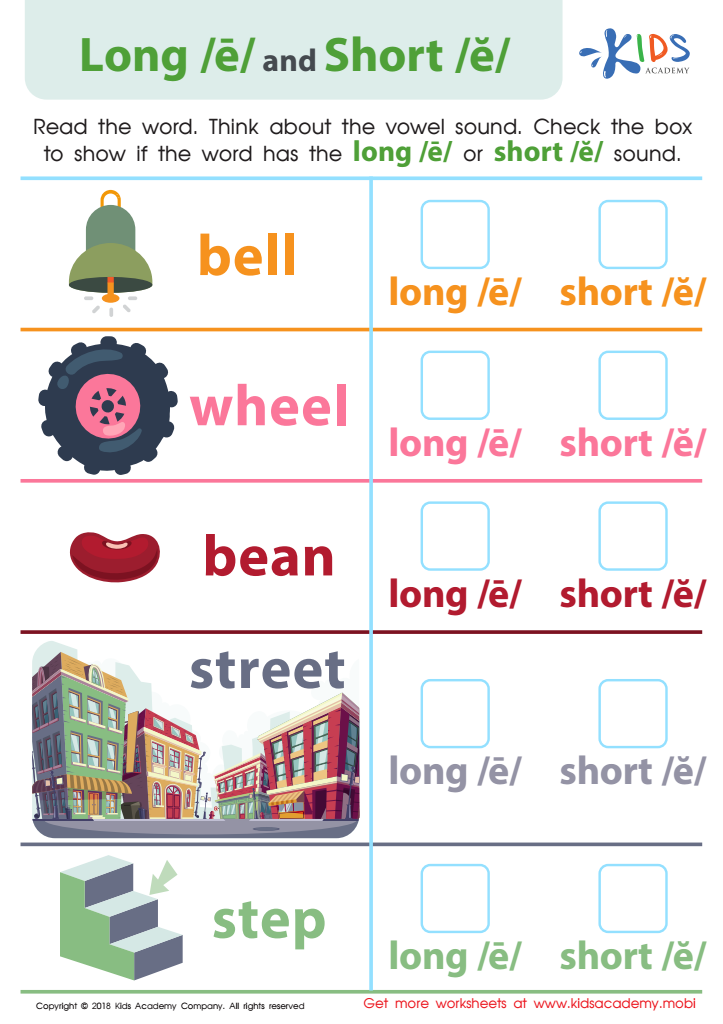

Reading: Long E and Short E Worksheet
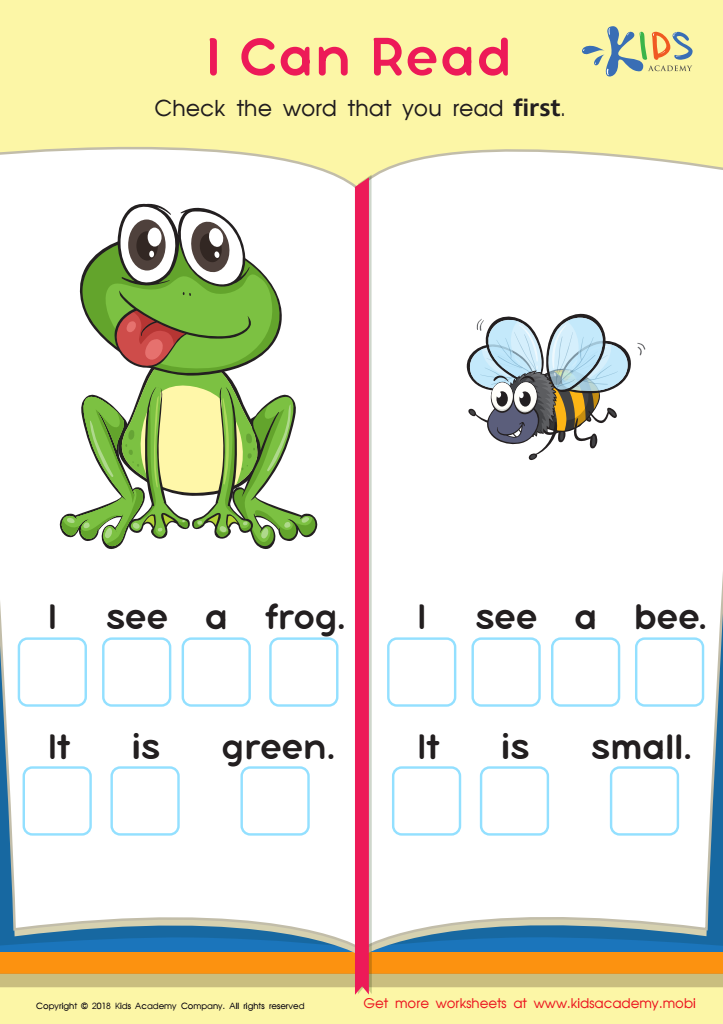

I Can Read Worksheet
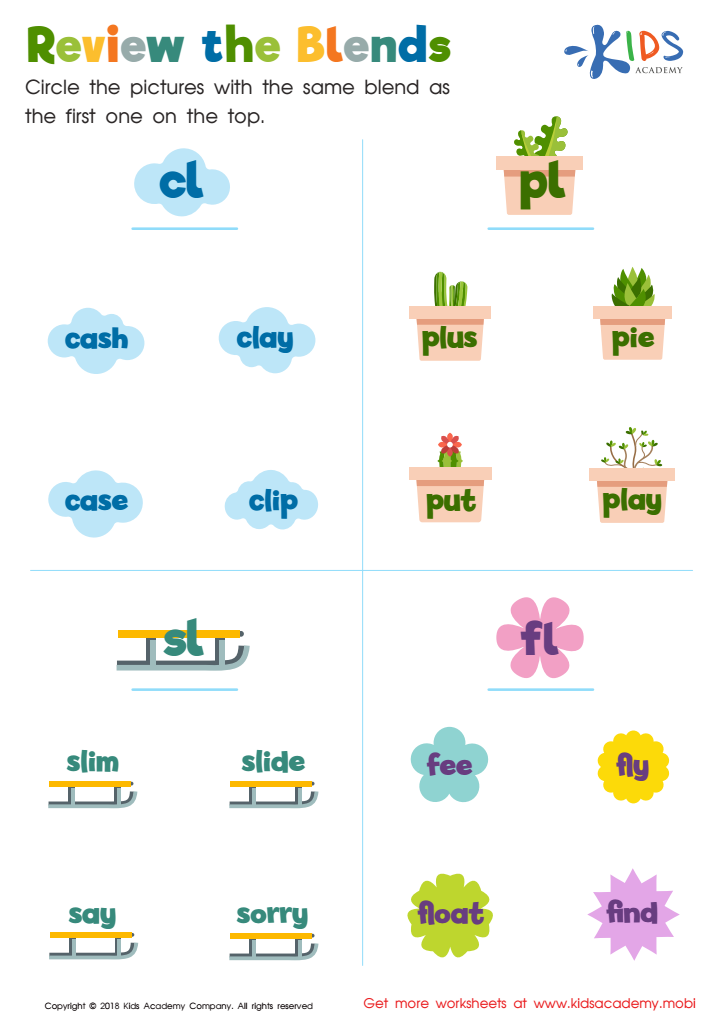

Review the Blends Worksheet
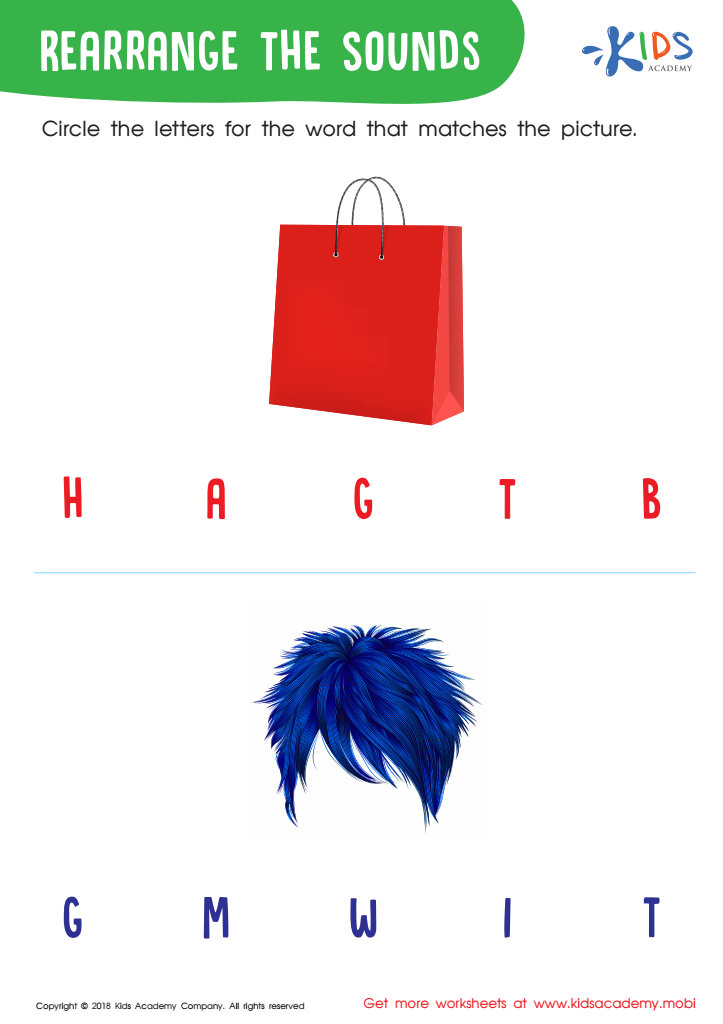

Rearrange the Sounds Worksheet
Reading comprehension and letter recognition are foundational skills critical for children aged 4-7. At this stage, children are developing the ability to recognize letters and understand their sounds, which directly impacts their reading and writing skills in the years to come. Parents and teachers should care about these skills because they lay the groundwork for literacy development, influencing academic success across all subjects.
Children who can identify letters and connect them to sounds are better equipped to decode words, allowing them to progress to reading simple texts. Early exposure to reading comprehension—understanding the meaning of what they read—also helps children develop narrative and analytical skills that are essential later in life.
Moreover, strong reading skills contribute positively to a child's self-esteem and confidence. Children who feel competent in reading are more likely to participate actively in classroom discussions and enjoy learning activities. Investing time in enhancing these skills can lead to lifelong readers and learners, fostering a love for books and knowledge. Lastly, nurturing these skills can help identify any potential learning difficulties early on, allowing for timely intervention and support. This proactive approach helps ensure children develop the literacy skills necessary for their academic journeys.
 Assign to My Students
Assign to My Students
















